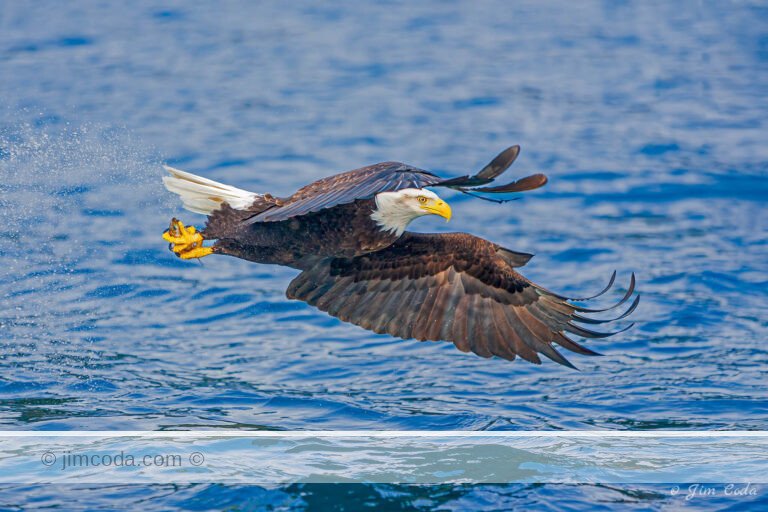
Point Reyes National Seashore is in the middle of a controversial planning process to determine whether 28,000 acres of commercial ranching operations conducted on federally-owned national park lands should continue or not. The National Park Service (NPS) bought the land about 50 years ago and it has never had the nerve to make the ranchers to leave.
If ranching is stopped, the ranchers and their cattle, plus many miles of fencing which restrict human and wildlife movement, would be removed and the public would finally be able to recreate on these lands and the lands would be managed for the benefit of wildlife, such as elk, and other natural resources. Right now, the only difference between what NPS wants and what the ranchers want in the planning process regarding elk is whether to shoot 10% of the 120 elk each year (NPS) or all of them at once (ranchers). Why? Elk eat grass and grass is dedicated 100% to cows in this national park. That’s right. No grass or other forage is allocated by NPS for elk or other wildlife.
One argument the ranchers make for why they should be allowed to stay on (at subsidized rents no less) is that if you remove them and their nearly 6,000 dairy and beef cows, the lands will go from beautiful green grasslands (in winter yes, but dead brown grass in summer) to a thick cover of brush that one couldn’t even walk through. Are they right? No.
Here is a panoramic photo of a large portion of the fenced Tomales Point Elk Reserve where 10 elk were reintroduced and hundreds of cows were removed 40 years ago. (Press Command/+ (PC Control/+) one or more times to increase size of photo.) If the ranchers were correct, this area would be devoid of grass and completely covered in brush. But it’s not. What you see is mostly grass with brush more prevalent on sloping land like you see in the two draws to the left of the parking lot.
Even though there were only 10 elk to begin with, compared to the hundreds of cattle that had been there before them, the elk herd as it has grown has kept the area basically as it was 40 years ago in terms of a mix of grass and shrubs, like coyote brush and bush lupine. Elk eat grass too (as the ranchers often complain) and they eat more brush than cows because they are not only grazers, like cows, but browsers, like deer, as well.
Still need convincing? Here’s what the range scientists at UC, Berkeley, (by nature, a group favoring cattle grazing), said, begrudgingly, in their 2018 Point Reyes Range Study for Seashore managers to inform them as to whether Point Reyes should be managed for commercial ranching or the preservation and restoration of wildlife, especially elk, and other natural resources: “Grazing has been shown to negatively impact shrub establishment. Cattle browse minimally on mature coyote brush plants with browse increasing in heavily grazed areas, but they regularly defoliate and uproot coyote brush seedlings, preventing the spread of these shrubs into neighboring grasslands (Elliot & Wehausen 1974; McBride 1974). Johnson and Cushman (2007) found tule elk reduced total shrub cover in a paired grazed and ungrazed enclosure study at PORE.” “Grazing Plan: Recommendations for [PRNS] managed grazing lands.” Range Ecology Lab, UC, Berkeley, August 15, 2018, at 13. (Emphasis added.)
A national park should be managed to preserve and protect nature and, if man has damaged it, then NPS should make every effort to restore it to its natural condition. That is in accord with the 1916 NPS Organic Act and NPS management policy.
Before European man and his cows arrived these lands were part of a native coastal prairie stretching from Oregon to southern California. That has all changed with the arrival of cattle.
AS NPS says: “Less than one percent of California’s native grassland is still intact today. The northern coastal prairie, which extends into Oregon, is the most diverse type of grassland in North America. Pristine patches of this vegetation still grow at Point Reyes on either side of the San Andreas Fault. Deschampsia coastal prairie is found on the Point Reyes peninsula and Danthonia coastal prairie is found on Bolinas Ridge. Coastal prairie is dominated by long lived perennial bunchgrasses, such as Purple needlegrass (Stipa pulchra), California fescue (Festuca californica) and California oatgrass (Danthonia californica), all of which can stay green year round with the moisture provided in the fog belt [and thanks to their very deep root systems].
By 1850, dairy ranchers had arrived at Point Reyes, lured by the near-ideal conditions for raising cattle. Since then, ranchers planted many non-native grasses, many of which were invasive and began to out-compete the native grasses.” ![]() https://www.nps.gov/pore/
https://www.nps.gov/pore/
Finally, the non-native, annual grass at Point Reyes, which looks like a golf course in winter and a desert in summer, has little wildlife value. While it is eaten by a few mammals, such as elk, it is not a food of many wildlife species and provides no cover or nesting value for wildlife like coyote brush and other shrubs do.











2 Responses
Spot on Jim. Your posts are always thorough and factual.
Thanks Skyler.